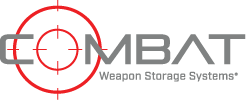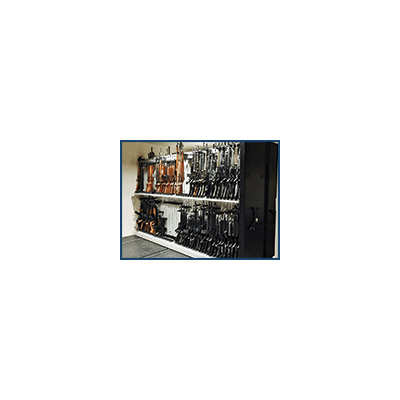RFID v Barcode Weapon Tracking
- RFID v Barcode Weapon Tracking
- Radio frequency identification is a technology that uses radio waves to passively identify a tagged object.
- Bar codes are read by an optical scanner manually.
- Contact us for Armory Weapon Tracking Software.
- Ask about how to utilize DLA TLS (Tailored Logistics Support) contract.
RFID v Bar Code Weapon Tracking software solutions, what is the difference between these two technologies and how they are implemented, utilized by end users and the associated costs?
RFID uses passive radio waves that are only activated with an RFID reader. The RFID reader is only scanning the unique, 25 digit serial number assigned to the RFID tag. Only when a database is synced will that RFID tag’s serial number tell an end user what they have scanned, showing the item the RFID tag is assigned to.
Bar code utilizes an active action to scan an attached bar code. The bar code scan has to line up in a way so the laser can acquire a positive scan of the item. Bar code scanning can be accomplished with fixed or portable readers.
So what is the true difference between RFID v Barcode Weapon Tracking? Cost of materials (RFID Tags, RFID Readers, Doorway and Issue Window antennas and alarms) and the time it takes an armorer to conduct an inventory or search for a specific item.
In some cases, time is not valued or a budget can not substantiate the purchase of an advanced RFID system with all of the bells and whistles. In these instances, there is nothing wrong with a bar code tracking solution to track weapons and gear in an armory. Bar code technology is a proven solution that works with standard bar code tags and also government supplied IUID bar codes.
RFID Weapon Tracking Features:
- RFID tags are concealed tags used specifically for tracking items that will be checked in and out of the armory as well as inventoried with a portable or fixed RFID reader. RFID includes a 25 digit serial number that when married with the serial number of a trackable item in a database can be used for inventory management purposes.
- Weapon Inventory Tags are available in different sizes and materials and are generally used to hang from a weapon or vacant slot within a weapon rack and can have an assortment of identifiable data printed on the tag to help the armorer stay organized.
- GSM is a microchip much like inside of your cell phone that is waterproof, shock resistant, temperature tested to extreme conditions and environments, does not interfere with the operation of the firearm, fits into or on almost any firearm, alerts when shots are fired and more.
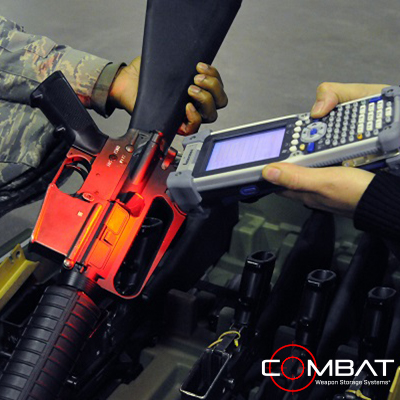
RFID v Bar Code Weapon Tracking Comparison
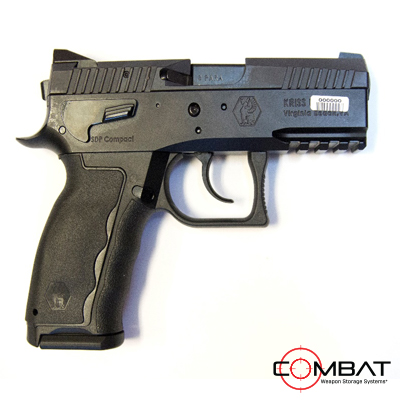
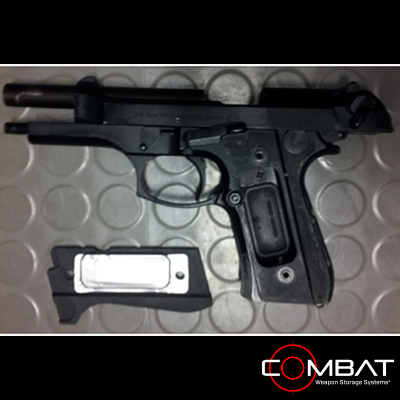
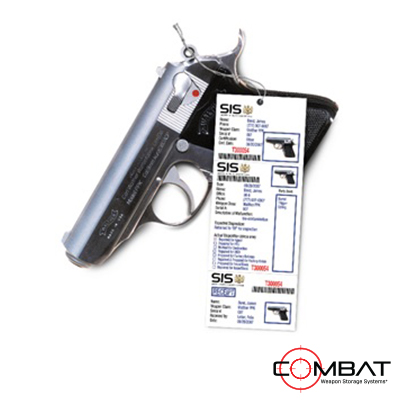
Bar Code Tags
Pros:
- Bar code tags and scanners are inexpensive. There is a clear cut up front cost advantage to purchasing a bar code weapon tracking software system.
- Bar codes are a proven technology and have an ease of use.
RFID Tags
Pros:
- RFID does not require a line of sight to scan an item. This will substantially speed up inventory and issuing of weapons and gear.
- Full arms room audits can be conducted in a fraction of the time without removing weapons from arms racks.
Manual Inventory
Pros:
- No dollar value required to purchase software or hardware to track items.
Cons:
- Every single item needs to have the scanner line up with the bar code tag. This will require withdrawing all items from the weapon rack to perform full inventories.
- The time to issue and retrieve weapons will be increased for the armorer, slowing down arm up times for the armory.
- Laser scanners don’t always acquire a scan on first attempt.
Cons:
- RFID is still expensive. RFID tags cost more than bar code tags. RFID readers, doorway and issue window antennas and alarms are not required with bar code systems. The up front cost to purchase an RFID system can be a difficult selling obstacle to overcome.
Cons:
- Manual sight counts require multiple personnel to call out a serial number, a second person to verify and a third person to write down the item serial number. This process repeated across hundreds of items could take an entire day or multiple days depending on the size of an arms room.
- Human error. We all make mistakes. Human error is much higher without an accurate database that can detail an audit trail for an item or a person receiving or issuing a weapon.
GSM Weapon Accountability & GSM Weapon Tracking
GSM Weapon Accountability is accomplished with small GSM weapon tags that typically fit within weapon grips, or can be placed anywhere on a weapon desired. The GSM weapon tags are detected by GSM towers to provide an exact location of tagged weapons, anywhere and at all times. If weapons or lost or stolen, the weapon can be tracked using Google Maps or similar programs to see the weapon’s location and movement real-time.
GSM Weapon Shots-Fired Tracking & Alerts
We utilize the world’s smallest, encased tags with GSM microchip that fit within the grips of long arms and pistols, and which can be placed anywhere on weapons desired. The microchips are typically installed inside the handle of the firearm out of sight, making the ARMS GSM solution discrete and non-visible. Aside from the extremely small size of the microchip which allows it to fit to almost any firearm, the technology built inside the microchip is particularly impressive.
Operating through GPS and GSM technology, the microchip boasts the features of tracking, identifying when a firearm has been fired, direction of shots fired (optional), and being able to recognize that a firearm has been stolen or in unauthorized use. With regards to the latter, each handler of the relevant firearm would be issued with a ‘smart’ card, allowing for communication between the handler of the weapon and the microchip embedded inside the weapon itself.
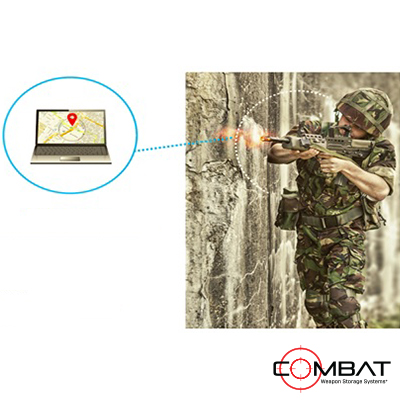
Armory Inventories & Find Needed/Missing Weapons
Armories and depots are under intense scrutiny relative to weapons accountability. ARMS assignment, issue and return processes are designed and function to ensure that all weapons, gear and ammo that are transferred update the locations of the objects to the officer or soldier that received the weapons, gear and ammo.
It is equally critical to inventory the armory after each shift-change, and periodically for complete depot or armory audits. Accurately tracking assignments, issues and returns, and, periodic armory inventories ensure real-time data and accountability of all weapons and the locations of all weapons at all times.


